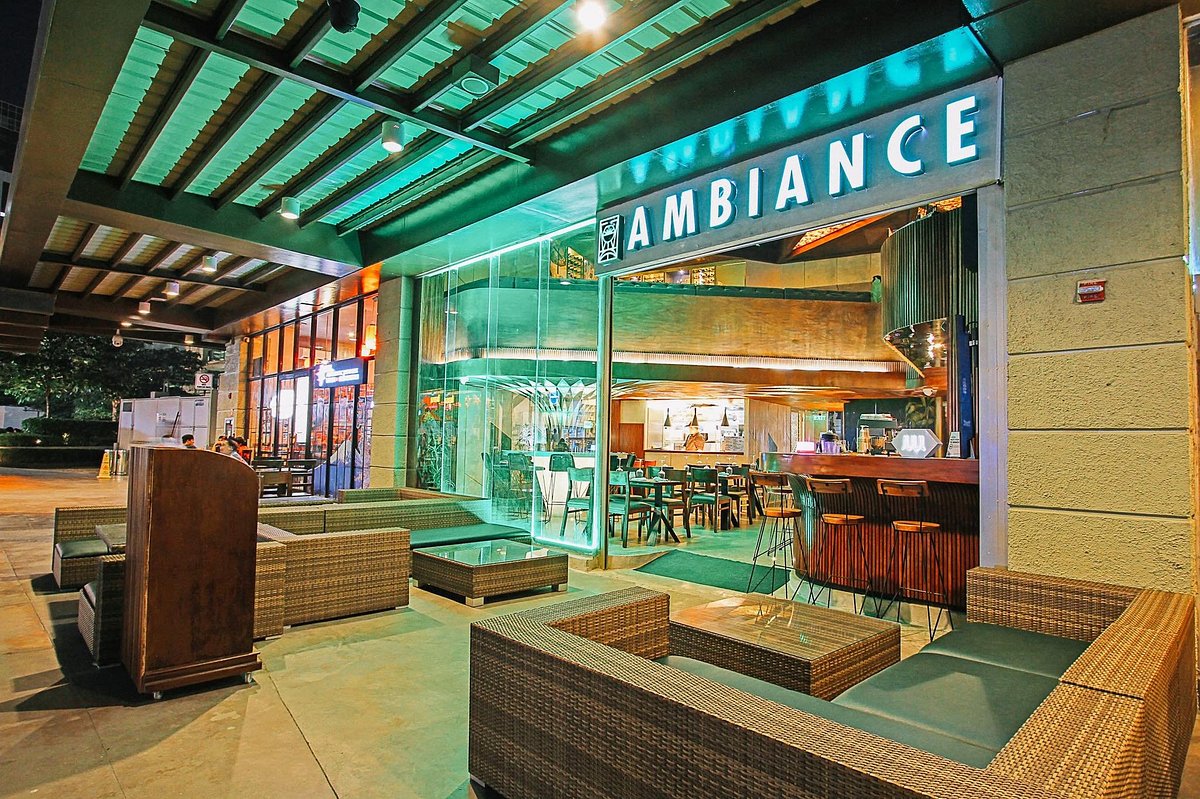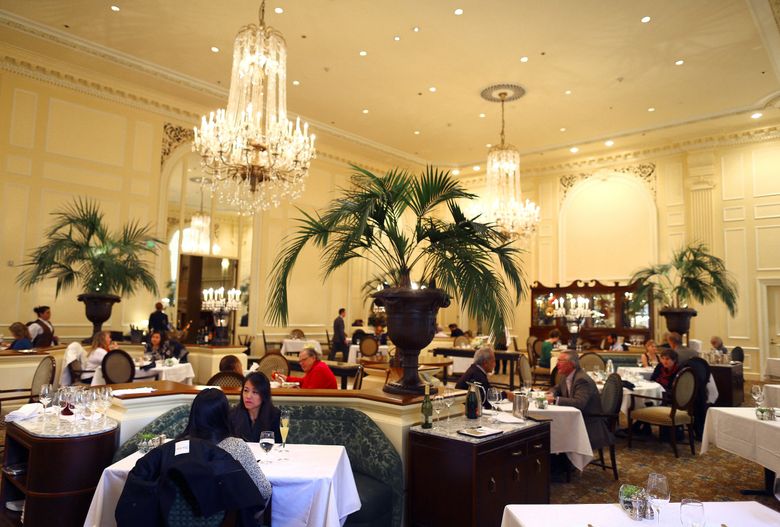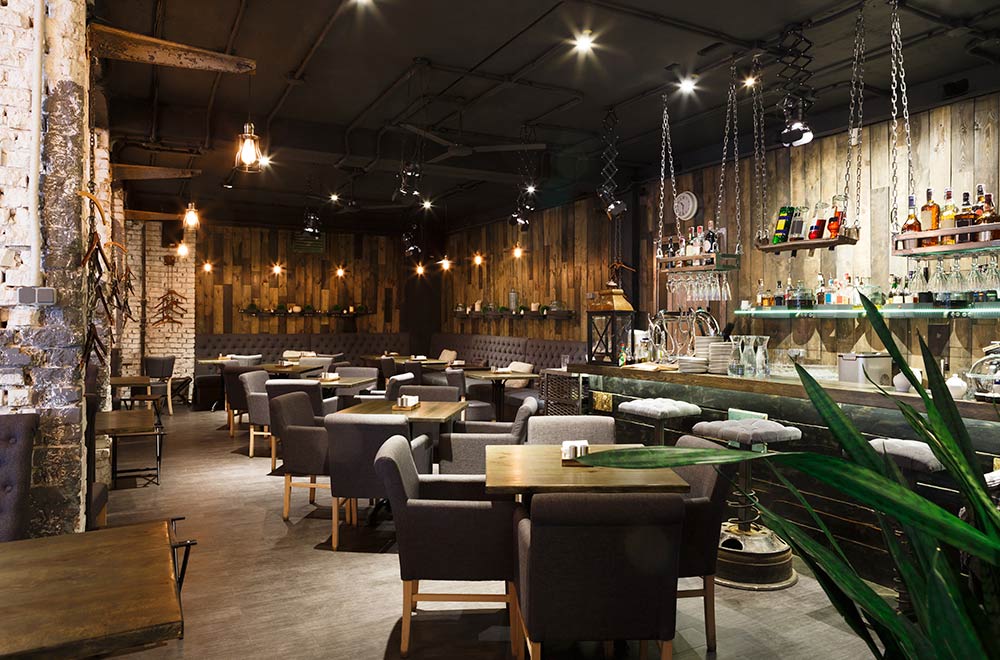Instagrammable Restaurants Islamabad: Picture-Perfect Dining Knowledge
Instagrammable Restaurants Islamabad: Picture-Perfect Dining Knowledge
Blog Article
Savor Genuine Asian Cuisine With a Pan-Asian Twist for a Cooking Journey
Beginning on a cooking journey with authentic Asian cuisine, improved with a Pan-Asian twist, uses a distinct opportunity to explore the rich tapestry of tastes that define the area's diverse culinary customs. As you consider these attracting meals, consider the cultural narratives and historical influences that form them, each bite supplying a story waiting to be found. Best ambiance restaurants Islamabad.

Exploring Pan-Asian Tastes
In the realm of global gastronomy, Pan-Asian food sticks out for its impressive variety and the harmonious interaction of tastes from various Eastern societies. This cooking technique commemorates the one-of-a-kind components and rich traditions located across the continent, developing a tapestry of tastes that is both gratifying and intriguing. Key to Pan-Asian cuisine is its ability to stabilize different tastes-- sweet, salty, spicy, and sour-- while highlighting the freshness and quality of each active ingredient.
From the umami-rich soy sauce of Japan to the intense chili peppers of Thailand, Pan-Asian food uses a comprehensive palette of flavors. These elements are often integrated in creative methods, improving recipes with layers of intricacy. For instance, the use of fragrant herbs such as lemongrass and cilantro, usual in Vietnamese and Thai cuisine, adds a revitalizing illumination to meals, while the incorporation of coconut milk delivers a luscious, rich structure.
The emphasis on fresh produce and aromatic seasonings ensures that each meal is not only a banquet for the taste buds however likewise for the senses. Pan-Asian food invites diners to begin on a cooking trip, checking out the huge and differed landscapes of Eastern gastronomy with every bite.
Combination Dishes to Attempt
While Pan-Asian food is celebrated for its conventional tastes, the modern culinary landscape is progressively welcoming fusion dishes that mix these timeless aspects with impacts from other areas. This innovative approach not just honors the abundant heritage of Eastern cookeries yet additionally introduces novel preference experiences that appeal to modern palates.
An archetype of such a blend meal is the Korean-Mexican taco, where marinated bulgogi beef is wrapped in a warm tortilla, topped with kimchi and a zesty gochujang-infused salsa. This combination marries the bold, savory flavors of Korea with the dynamic, fresh elements of Mexican cuisine. Similarly, sushi burritos have gained appeal, amalgamating the delicate creativity of Japanese sushi with the hearty, hand-held convenience of a burrito, frequently including combination active ingredients like tempura shrimp and avocado with a drizzle of wasabi mayo.
An additional notable recipe is Thai curry ramen, which infuses the creamy, fragrant flavors of Thai curry into the calming brew of traditional Japanese ramen, creating a harmonious blend that entices the senses. These combination dishes prolong beyond simple uniqueness; they stand for a culinary discussion between cultures, motivating expedition and development in the globe of Pan-Asian food.
Necessary Components and Spices
To really appreciate Pan-Asian food, one need to recognize the essential active ingredients and seasonings that form its foundation. This varied culinary design draws from a rich tapestry of Asian customs, utilizing a harmonious mix of textures and tastes. Trick active ingredients include soy sauce, fish sauce, and oyster sauce, which pass on a mouthwatering umami deepness essential to Eastern meals. Complementary to these are rice vinegar and mirin, offering a delicate acidity and sweet taste.
Fragrant aspects are critical, with lemongrass, garlic, and ginger being common across numerous Pan-Asian recipes. These ingredients give a great smelling base that improves the intricacy of flavors. Seasonings such as celebrity anise, cardamom, and cinnamon introduce warmth and personality, echoing influences from areas like China and India.

Food Preparation Techniques and Tips
Grasping the art of Pan-Asian cuisine calls for familiarity with its unique food preparation methods, each contributing to the vibrant tapestry of flavors this cooking practice is commemorated for. Central to these techniques is the stir-fry, a quick food preparation strategy that preserves the nutritional honesty and dazzling shades of active ingredients. Utilizing a frying pan, the stir-fry technique enables for even warm distribution, crucial for accomplishing the particular texture and flavor balance of Pan-Asian dishes.
Another fundamental technique is steaming, particularly common in Chinese cuisine. This gentle method keeps the natural flavors and nutrients of ingredients, making it ideal for seafood and veggies. Dumplings, a beloved staple, frequently benefit from steaming, leading to soft, succulent structures.
Barbecuing, also integral, gives great smoky depths to dishes such as Korean bulgogi or Japanese yakitori (pan asian restaurant Islamabad). This method often entails marinading components, permitting tastes to permeate deeply before food preparation over an open flame or warmer
Last but not least, grasping the art of balancing tastes-- pleasant, sour, salted, bitter, and umami-- is critical. Appropriately layering these elements can boost a dish from regular to phenomenal, using a complex and pleasing culinary experience that personifies the essence of Pan-Asian food.
Dining Experiences Worldwide
Across the globe, Pan-Asian food provides an exceptional dining experience, commemorated for its rich tapestry of tastes and dynamic presentations. This culinary phenomenon has actually transcended cultural boundaries, catching the hearts and tastes buds of food enthusiasts worldwide. In worldwide cities fresh York, London, and Sydney, Pan-Asian restaurants function as melting pots where cooking traditions from Thailand, Japan, China, and beyond merge, offering restaurants with a diverse mix of dishes that highlight the region's diversity.
The international charm of Pan-Asian cuisine depends on its ability to provide both credibility and innovation. Chefs skillfully marry conventional components such as other lemongrass, soy sauce, and miso with contemporary methods, leading to meals that are both familiar and refreshingly new. This combination enables diners to begin on a culinary journey that appreciates heritage while welcoming modernity.
Furthermore, eating experiences are boosted via attentively made environments that reflect the ethos of Pan-Asian visual appeals. From minimalist Japanese-inspired interiors to dynamic Thai-themed areas, each restaurant offers an unique setting that complements the cooking offerings. Therefore, customers are not simply taking in a dish however partaking in a cultural experience, making Pan-Asian eating Read Full Report a really global sensation.
Verdict
The exploration of Pan-Asian cuisine supplies an extensive understanding of the elaborate interaction of tastes and culinary traditions throughout Asia. By embracing fusion recipes such as Thai curry ramen and sushi burritos, the cooking journey not only highlights the adaptability of traditional active ingredients yet likewise showcases ingenious contemporary techniques. This gastronomic journey, enhanced by cooking approaches and necessary flavors, supplies an one-of-a-kind chance to value the multiculturalism and culinary artistry that define Pan-Asian food on a worldwide scale.
Embarking on a culinary journey via authentic Oriental cuisine, boosted with a Pan-Asian twist, uses a distinct possibility to discover the rich tapestry of tastes that specify the region's varied cooking traditions.In the realm of international gastronomy, Pan-Asian cuisine stands out for its remarkable variety and the harmonious interaction of tastes from various Eastern cultures. Trick to Pan-Asian cuisine is its capability to stabilize contrasting tastes-- sweet, salted, spicy, and sour-- while highlighting the quality and quality of each active ingredient.

Report this page